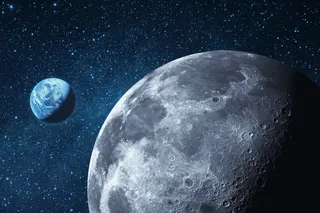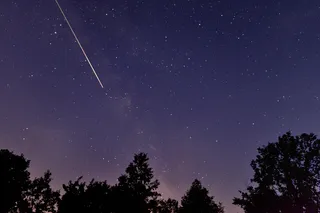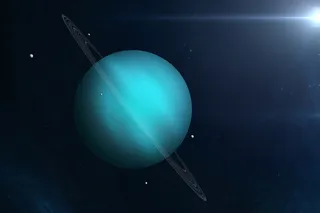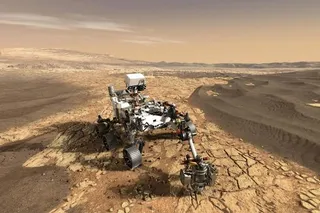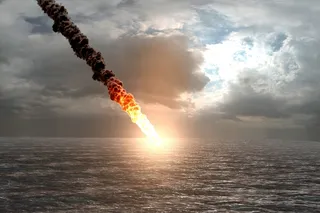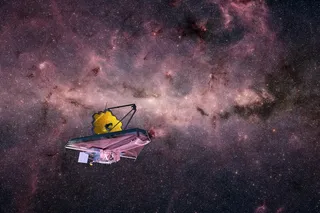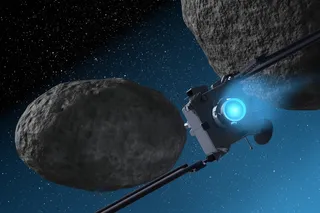For the first time ever, an extrasolar planet has been detected due to its physically slinging around its parent star.
Imagine two children, one big and one small, facing each other and holding hands. They swing around each other, each making a circle. The bigger kid makes a smaller circle, and the smaller kid makes a larger circle. If you stand off to the side, you'll see each child alternately approaching and receding from you as they make their circles on the ground. In effect, this is how we've been finding most of the planets orbiting other stars. As a planet orbits its parent star it tugs on that star gravitationally, and we see a very slight Doppler shift in the light of that star as it approaches and recedes from us. If only we could magnify the system hugely, then we would actually see the star make a little ...


